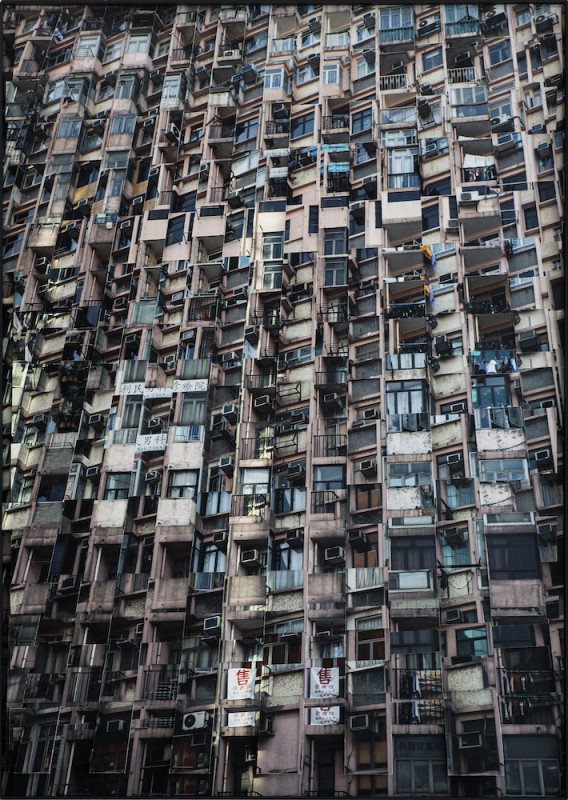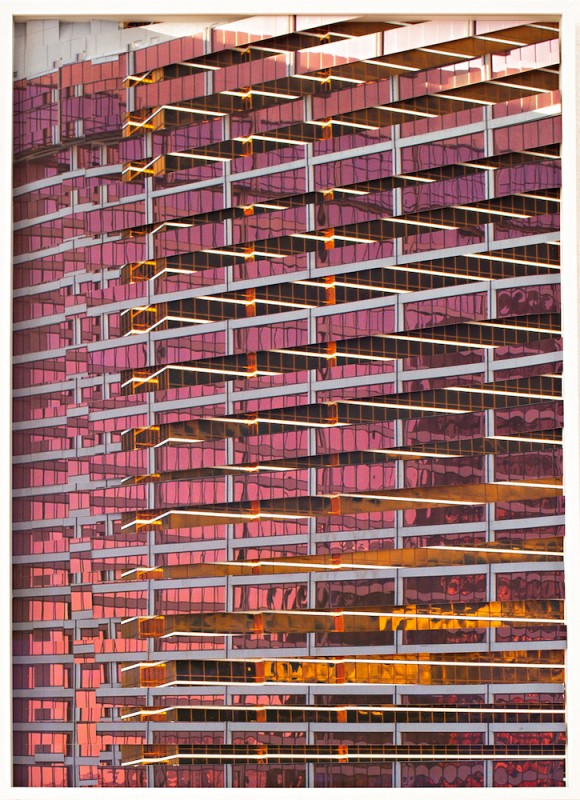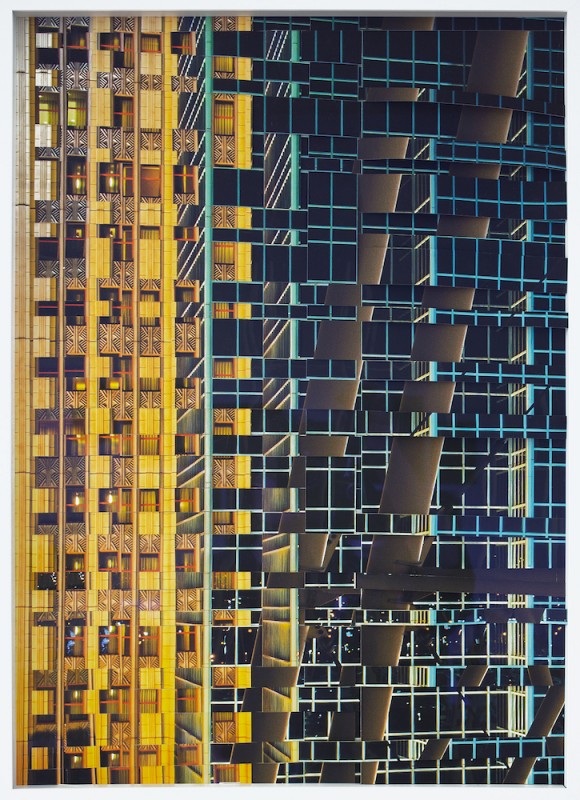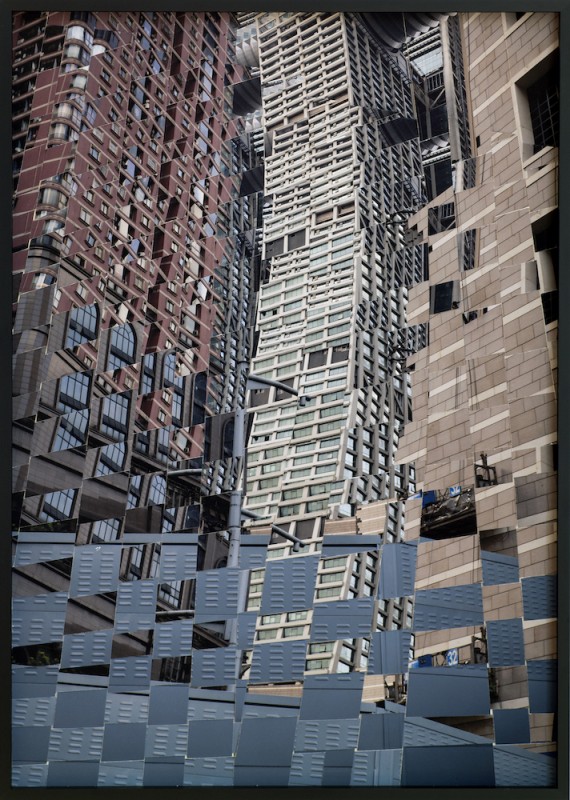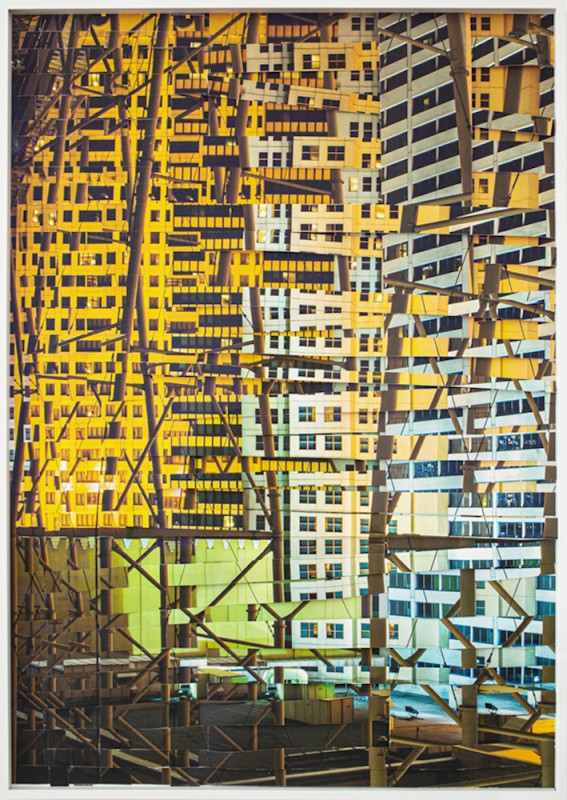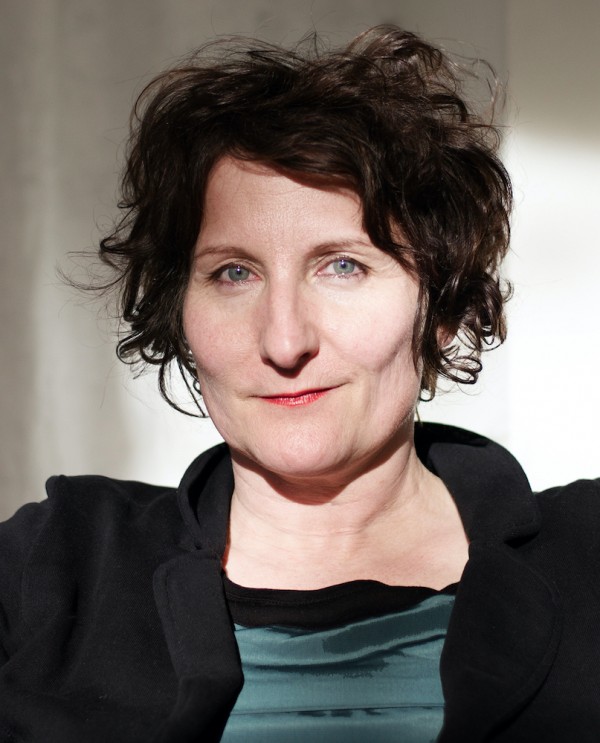Urban Abstractions
Urban Abstractions
Sabine Wild
August 29, 2022
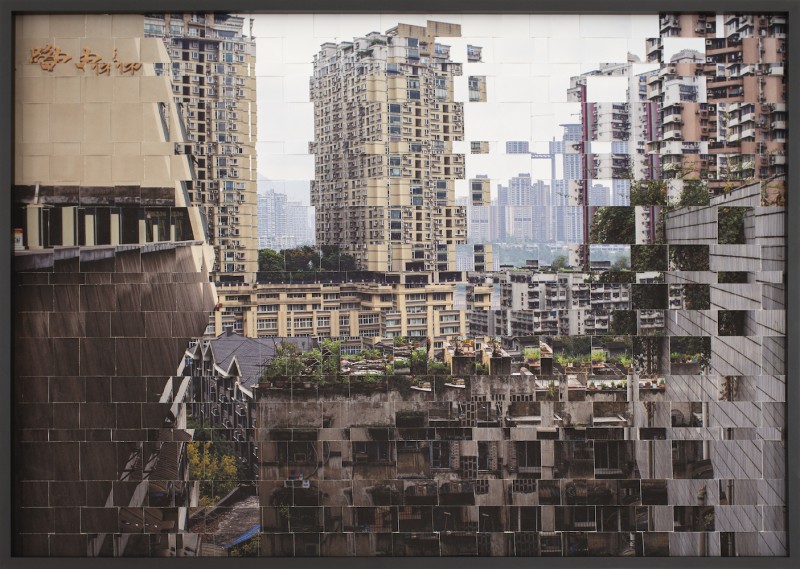
LFI: You've adopted an unusual approach to photographic disassociation...
Sabine Wild: I have been working on the computer to create digital disassociation in my pictures, for many years now. I abstract, fragment, and dissolve structures that exist in megacity urban spaces, by combining blurred and sharp parts of the images. The idea of implementing this kind of abstraction in an analogue manner, using an ancient, cultural technique – namely, weaving – was an idea I'd had for years. It was in the summer of 2021, during corona times, that I got around to making the first attempts. Unlike the work on a computer, weaving is a lovely, tactile process. Normally, you try to avoid touching a photograph, or if you do you do so wearing gloves. In this case, however, you really get down to the nitty gritty: cutting, printing, pressing, shuffling.
What concrete steps does this abstraction require?
I print an identical motif twice: then I cut one copy in vertical strips, and the other in horizontal ones; then I weave the strips together. In doing so, I play around with different widths of strips. Because of the weaving there is an off-set of around 5 mm per strip, so that a wider strip from the second photograph is left over at the end. The more I weave, the more the motifs on the woven strips distance themselves from each other. Parts of the picture are covered or are repeated elsewhere. I decide beforehand whether to weave from top to bottom, or from left to right; accordingly, the woven image shifts down or to the side, and produces a different effect.
For the first few months I wove all the strips to the end. Later on I began to vary the process, by covering a number of strips, not weaving to the end, or even weaving two different photographs together. These techniques then produce one-of-a-kind pieces, as I would never be able to reproduce such images in an identical manner.
I'm always surprised at what such a woven duo ends up looking like – I can never predict the resulting effect. For myself, this process results in a more precise perception of a building's architecture; my eye centres on the details. Lines and shapes fall apart, the picture planes break open and allow – or so it seems – a glimpse of something “beyond”.
How did you find working with a Leica M for this project?
I'm stunned by the Leica M's razor-sharp images, with their incredible detail, even over long distances. Just a few days ago I switched to the Leica M11, and I'm absolutely delighted.
Sabine Wild+-
Born in Padua, Italy, in 1962, Sabine Wild has been living and working in Berlin since 1985. After studying German, Linguistics and Spanish in Bielefeld, Münster, Cologne and Berlin, she began working as a freelance photographer in 2003. She co-founded the Galerie en passant (today ep.contemporary) in 2005. In 2007 and 2008 she studied Photography with Jonas Maron at the Ostkreuzschule für Fotografie. From 2010 to 2015, she was a jury member for the Kunstfond Foundation in Bonn. Her work has been widely exhibited in Germany and around the world. More

